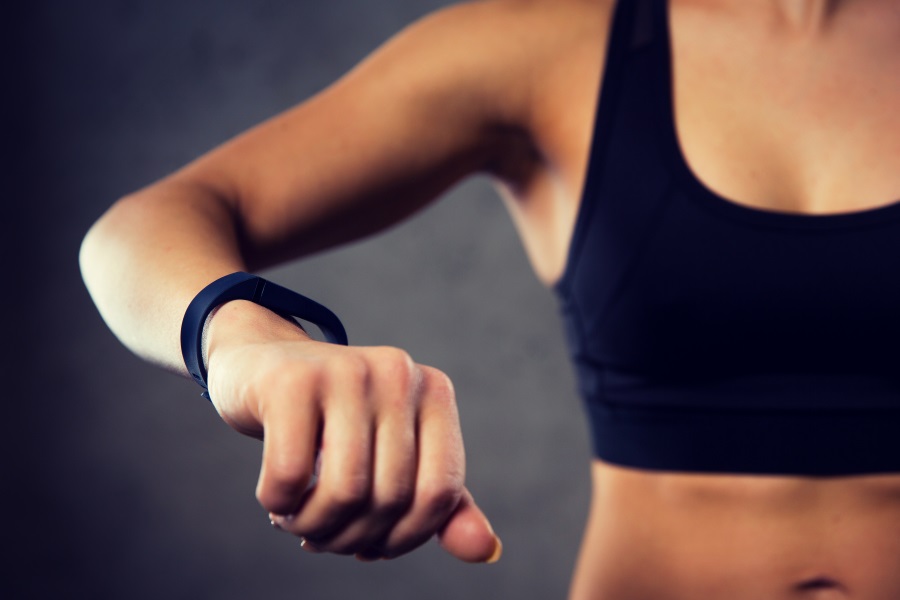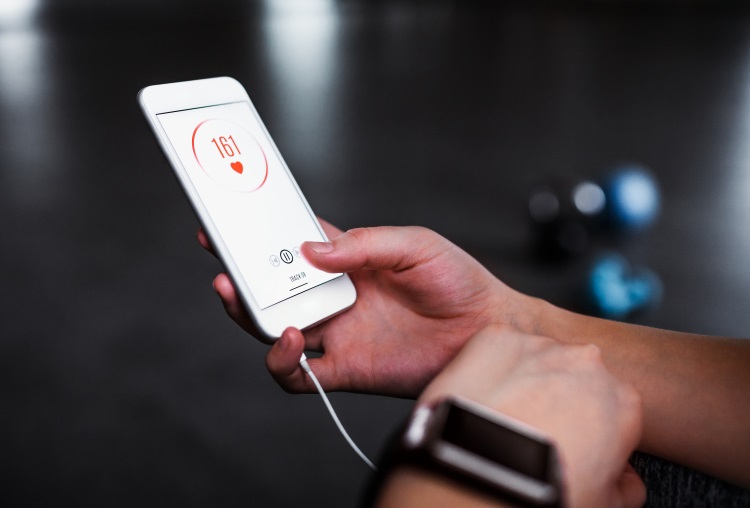Heart Rate Training: How to Maximise Fat Loss (With Examples)

A heart rate monitor can be helpful
You’ve probably heard it mentioned before. Training in the “Fat Loss Zone”
But what about HIIT? Isn’t that supposed to burn more calories?
In this post I’ll explain and answer the above and also show you why some people can’t hit the right level of HIIT to reap the benefits of it.
Let’s start by looking at the zones…
Heart rate zones are unique to you and can change over time. They’re based on your Maximum Heart Rate (MHR) value.
The most accurate way to calculate them is to perform a test. But to be honest with you, it’s a bit of a pain to do and most people (including myself) don’t want to do it.
Two easy ways to calculate your MHR…
Method 1: 220 – Your Age.
For example, for a 36 year old it would be 220 – 36 = 184 beats per minute
Method 2: 214 – (0.8 x age) for men. 209 – (0.9 x age) for women
For example, a 36 year old man: 214 – (0.8 x 36) = 185
For example, a 36 year old woman: 209 – (0.9 x 36) = 177

Measure vital stats on your phone
Your heart rate training zones…
From this information, you can work out your training zones. There are lots of different protocols for calculating the zones, so let’s use a simple one:
Note: All zones are calculated as a percentage of your maximum heart rate (MHR)
- Zone 1: 50-60%
- Zone 2: 60-70%
- Zone 3: 70-80%
- Zone 4: 80-90%
- Zone 5: 90-100%
What is the Best Heart Rate Zone for Fat Loss?
Good question, which has a complicated answer…I’ll try to simplify it.
Traditionally, it was thought that the best way was long and steady cardio at a low heart rate zone. Zone 3 above. And that does work. The problem is that it takes a long time.
If you have hours to spend doing it, perfect. If not, you’ll probably have heard of what people say is more efficient. HIIT.
Why HIIT works…
HIIT is High Intensity Interval Training, which means you do short bursts of incredibly high intensity exercise followed by rest intervals.
Intervals can range from 10 seconds to 2 minutes of high intensity at a time.
The idea is that by going so far into the red (Zone 5), your body has to use a huge amount of energy and the recovery from it (up to a day or two later) also uses more energy.
If you compare that to steady state cardio, the total calorie use over 2 days will be higher with HIIT.

HIIT training in a group is effective
But here’s the problem…
Unless you’ve got a good level of base fitness, achieving the intensity levels required for HIIT to work effectively is going to be hard.
If you haven’t trained regularly (4-5 x a week) for at least 3 months consistently, HIIT might not be as effective for you.
That’s not to say you won’t get a benefit, but doing it might not be as beneficial.
Here’s a good way to tell…
If you think you can do HIIT for 45 minutes, that probably means you are not pushing hard enough and therefore aren’t able to hit those max levels. Either that or you’re very well trained.
If you’re an average person, a 20 min full on HIIT session will wipe you out.
Maybe you’ve heard of the Tabata protocol? That’s only 4 minutes…It’s a killer.
How to Track Your Heart Rate
If you’re looking to really understand what your heart rate is doing, you need to invest in a heart rate monitor.

Some watches track heart rate on your wrist
Some watches track it on your wrist, but it’s not that accurate. I’ve had a lot of clients check their heart rate in our sessions and it says they’re not doing much when they’re gassed.
Unless they’re very good actors, I don’t believe the watch is very accurate…
If you want to do it properly, you will need a strap. You can get them for around £20.

Tracking pulse and oxygen saturation
Upgrading to oxygen saturation…
If you really want to see what’s happening, you can get a pulse oximeter.
This piece of kit will show you your blood oxygen saturation, too. They’re what you put on your finger when in hospital.
I’ve also used one when I was doing altitude training for my L’Etape du Tour cycling race preparation.
